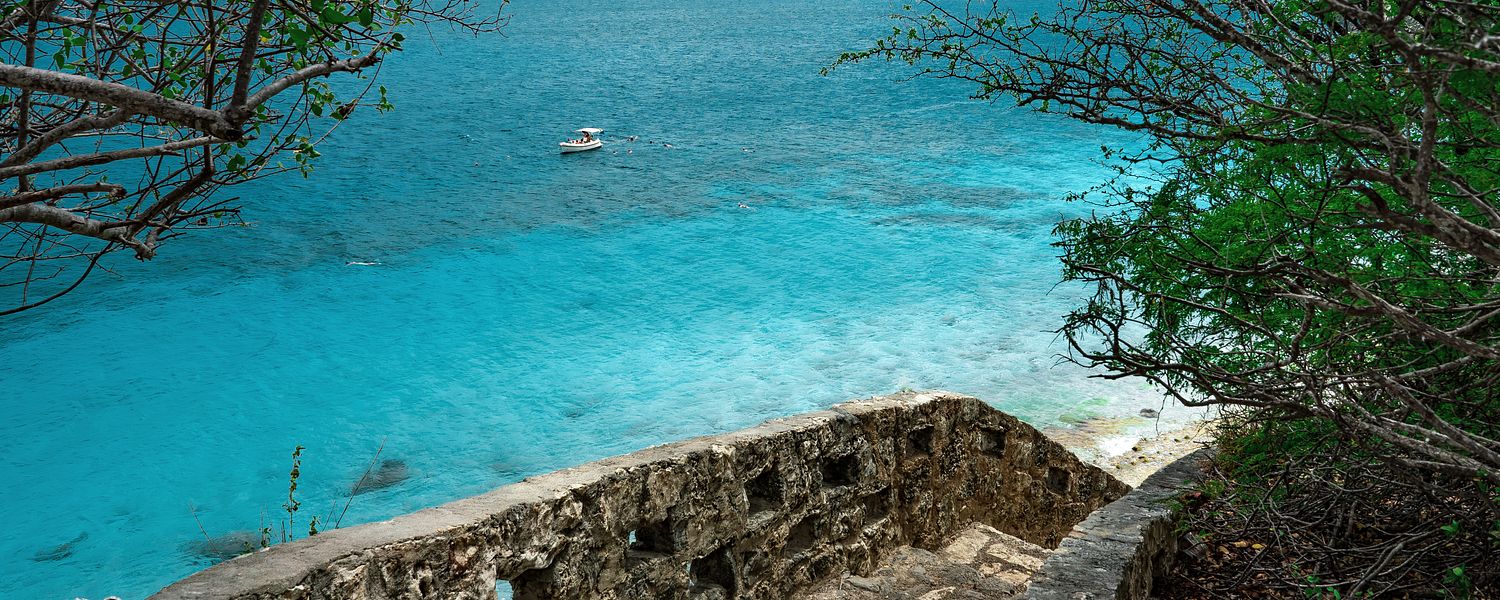
Provided by:
Jannick Nijholt/Unsplash

Our travel guides are free to read and explore online. If you want to get your own copy, the full travel guide for this destination is available to you offline* to bring along anywhere or print for your trip.
*this will be downloaded as a PDF.Price
€4,95
Bonaire & Kralendijk
The guide was updated:
Bonaire is a Dutch Caribbean island of 288 square kilometres, which together with Aruba and Curaçao forms the ABC islands in the Leeward Antilles. The first European visitors to the island were the Spanish in the 16th century, seeking shelter among the hills that today surround the town of Rincón. They introduced several species of domesticated animals to the island, including cattle and donkeys.
Today's capital, Kralendijk, is the only other settlement on Bonaire. Its significance expanded alongside the establishment of the Dutch West India Company, exemplified by the iconic Fort Oranje, built to protect the city's harbour. Besides plantation, the Dutch relied on the island for salt production, which also meant that Bonaire was not untouched by slavery, either.
Bonaire has been a special municipality since 2010, similar to Sint Eustatius and Saba. Over the last decades, nature conservation has gained steady ground on the island: whether it's safeguarding endangered species, securing nesting sites, or becoming carbon neutral, there are numerous initiatives at work to protect nature's treasures, both on land and in the sea, for future generations.
Today's capital, Kralendijk, is the only other settlement on Bonaire. Its significance expanded alongside the establishment of the Dutch West India Company, exemplified by the iconic Fort Oranje, built to protect the city's harbour. Besides plantation, the Dutch relied on the island for salt production, which also meant that Bonaire was not untouched by slavery, either.
Bonaire has been a special municipality since 2010, similar to Sint Eustatius and Saba. Over the last decades, nature conservation has gained steady ground on the island: whether it's safeguarding endangered species, securing nesting sites, or becoming carbon neutral, there are numerous initiatives at work to protect nature's treasures, both on land and in the sea, for future generations.


